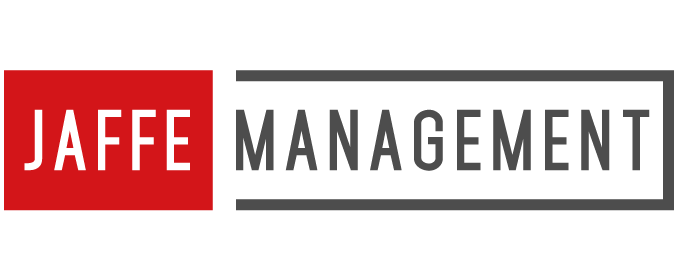10 Dec 2023 Strategies for Segmenting Association Email and Print Mailing Lists for Better Targeting
Most associations and nonprofits today have both print and email mailing lists for activities like conferences and membership drives. How you manage those lists can dramatically influence whether or not they’re successful in bringing in attendees or new members. Here are some expert tips on mailing list segmentation for improved targeting and goal achievement.
Why Segmenting Mailing Lists Is Essential
The more precise your association can be when sending communications the better your results are likely to be. Instead of sending everyone everything, you want to mail only to those people who are most likely to respond with engagement or a sale.
It sounds counterintuitive — wouldn’t you want to increase your odds by mailing to as many people as possible? But statistically, you’ll actually increase responses by narrowing down your audience. It’s like searching “sailboats” on the web; you’ll get more detailed and appropriate information if you add terms like “yachts,” “charter,” or “racing” than if you just look under “boats.”
Moving forward, having properly segmented lists will help you better plan future marketing campaigns, let you perform more accurate forecasting, and allow you to price and bundle print materials or services.
Different Types of Mailing List Segmentation
Ideally, you want to house your mailing lists within a database management program that lets you sort by various criteria to create custom lists for every mailing. There are some common categories used for list segmentation:
- Geographic – the location of the recipient, such as country, state, city, etc.
- Demographic – age, gender, profession, income, ethnicity, education, etc.
- Behavioral – actions the recipient has taken, including purchasing a membership or event ticket from your association, participating in a competing organization, or moving up the career/education ladder
- Psychographic – based on interests, hobbies, lifestyle, etc.
- Firmographic – categorizes companies by type, size, revenue, etc. for B2B selling, such as if your association enrolls corporate members and not just individuals
Within behavioral segmentation, many organizations like to use two methods to further categorize mailing recipients. The first is known as the RFM model, which stands for recency, frequency, and monetary behavior. Customers are divided by when and what they purchased, as well as how much they spent. They are then divided into quintiles for different mailings that reflect their status and likelihood of making future purchases.
The other behavioral segmentation technique is to categorize mailing recipients by where they are in your sales funnel. Say you’re running a membership drive. You may have four categories, like:
- Current members who need to be reminded to renew
- Previous members you’d like to re-engage
- Potential members who are close to signing up
- Membership leads who have just started exploring your association
Overlapping Segments for Precise Targeting
Segmenting your association mailing lists doesn’t mean you have to only use one criterion when sorting addresses for a mailing. Things get even more interesting when you overlap different segments, like in a Venn diagram, for very specific purposes. For example, if you’re promoting a conference on commercial interior design, you don’t want to mail to residential designers on your roster. But you might want to include architects, furniture manufacturers, or contractors who specialize in commercial spaces.
Tips for Mailing List Segmentation Success
You may not have all the names you need for every event on your mailing lists, so purchasing from third parties or swapping with other entities may be necessary, as long as they’re high-quality lists. While internal data is going to usually be most valuable, outside data can also contribute to your lists and segmentation.
Imagine your association is made up of landscaping contractors, and you’re hosting a national meeting on sustainable pool and hot tub construction. You may want to use third-party weather data to find states with the highest average temperatures and drought levels to recruit heavily where pools are more common but water shortages are also a concern.
Other data utilization and segmentation best practices include:
- Make sure your internal data is up to date and that you clean your lists regularly to remove errors and obsolescence.
- Use a dynamic data management system or CRM program that can track member changes or preferences to keep your segmentation strategies accurate.
- Employ as much personalization in your mailings as possible to enhance the specificity of list segmentation.
- For print mailings, partner with a press that lets you easily customize pieces within a run versus forcing you to print identical items.
Does your association need help managing its mailing lists? Jaffe Management offers this service, along with others like meeting planning, membership administration, and volunteer development. Call us at 212-496-3155 or reach out online to let us know how we can assist.


